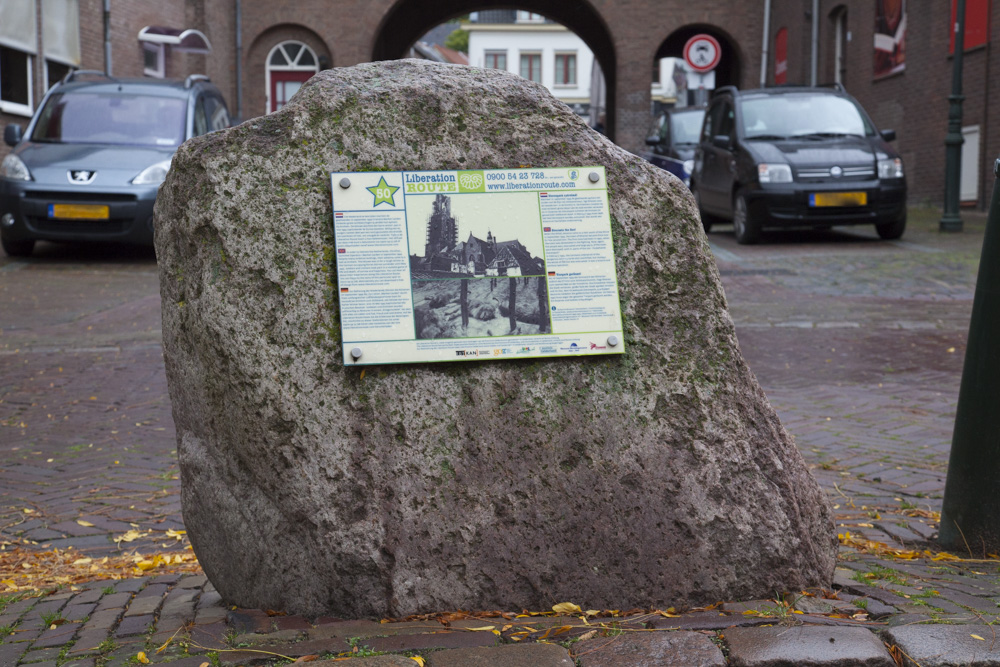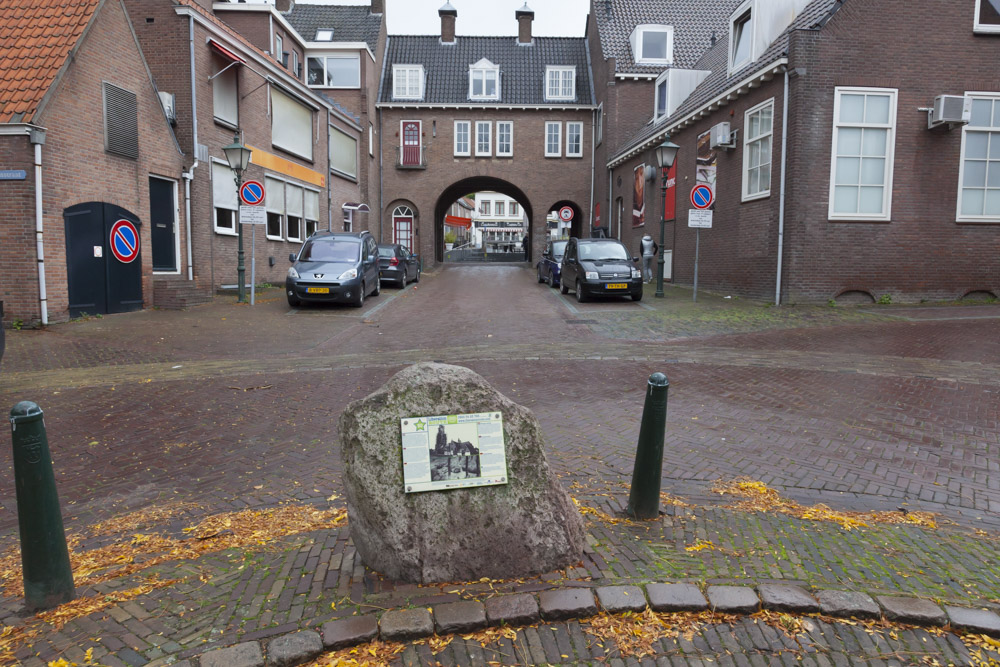Liberation Route Marker 050: Evacuate the Zoo!
Evacuate the Zoo!
When the Allied advance came to a standstill in Arnhem during the failed Operation Market Garden of September 1944, the Rhine became the new front line: the Allied troops to the south of the river and Germans to the north. Once again, just like in 1940, Rhenen found itself on the front line. And with it, Ouwehands Dierenpark - the zoo.
When the Allied advance came to a standstill at the River Rhine in September 1944, Rhenen became the new frontline. The town was severely damaged by Allied gun fire and in the October, most of the residents were forced to leave their homes. A few people were allowed to stay behind in the zoo, Ouwehands Dierenpark, to look after the animals that had been left behind. In the November, the Germans shot the wildest of the animals because they were afraid they might escape.
Then, on 16th February 1945, the order was given to evacuate the rest of the zoo. These animals were taken to Veenendaal in a colourful parade the following day. Various animals escaped on the way and when they arrived in Veenendaal, they were given shelter in the Panter cigar factory. They moved the animals from Veenendaal to Doorn, where they remained until May 1945. Rhenen had been badly hit and its residents were not allowed to return home until June 1945. Almost all of the empty houses had been ransacked and a large proportion of the southern part of the town centre lay in ruins, including the railway bridge over the Rhine and the town's symbolic church, the Cunerakerk.
Audiospot - Evacuate the Zoo!
Liberation Route Europe is a certified Cultural Route of the Council of Europe. With hundreds of sites and stories in nine European countries, the route links the main regions along the advance of the Allied Forces in 1943-1945.
The entire route consists of themed routes that can be travelled by by hiking, walking, cycling and car. These routes pass numerous historical and interesting sites and tell stories from a multitude of perspectives that were important in the final phase of World War II.
Many routes feature listening spots, offering the opportunity to listen to a historical story at a location. In addition, many ‘Vectors of Memory’ have been placed, indicating that the passer-by is on one of the Liberation Routes.
The routes can be found on the Liberation Route Europe website or in the app through which many stories can also be listened to.
Do you have more information about this location? Inform us!
Source
- Text: TracesOfWar & Liberation Route Europe
- Photos: Arjan Vrieze (1, 3), Arjan Vrieze (2)
Nearby
Museum
Point of interest
- Noda Farmhouse Rhenen - Rhenen
- 3.8 km
- Information Sign Kerkewijk 67 Veenendaal - Veenendaal
- 7.3 km
- Information Sign Vaart Bridge - Veenendaal
- 7.4 km
Monument
- Memorial Paltshof Rhenen - Rhenen
- 0.1 km
- War Memorial Rhenen - Rhenen
- 0.2 km
- Monument of Gratitude Rhenen - Rhenen
- 0.3 km
Cemetery
- Dutch War Graves General Cemetery Rhenen - Rhenen
- 0.7 km
- Commonwealth War Graves General Cemetery Rhenen - Rhenen
- 0.8 km
- Memorial to the Fallen with an Unknown Grave Location Dutch Military Cemetery Grebbeberg - Rhenen
- 2.4 km
Remembrance Stone
- Stumbling Stones Ambachtstraat 7 - Ochten
- 5.5 km
- Stumbling Stone Kerkewijk 152 - Veenendaal
- 6.4 km
- Memorial stones Maurice and Yetty Elzas - Wageningen
- 6.6 km
Fortification
- Grebbe Line - Restored Trench "Stoplijn" Rhenen - Rhenen
- 2.1 km
- Kolff-Casemate 2 Boveneindsestraat 19 - Kesteren
- 2.4 km
- Kolff-Casemate 3 Boveneindsestraat 23 - Kesteren
- 2.5 km






